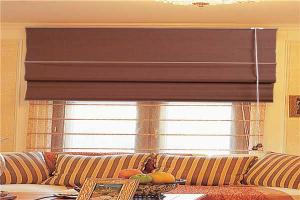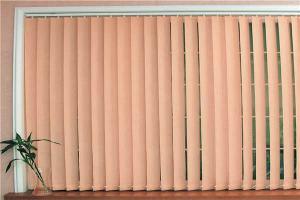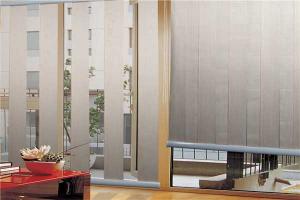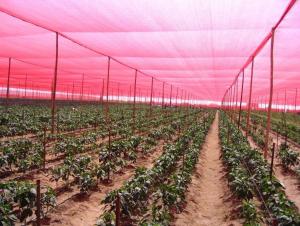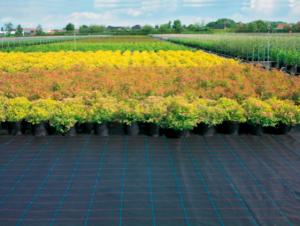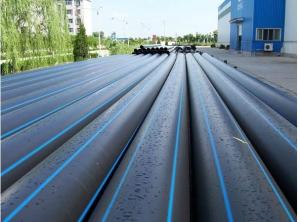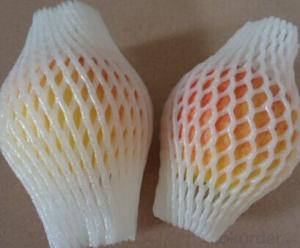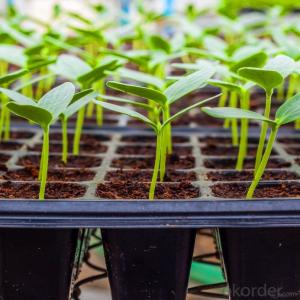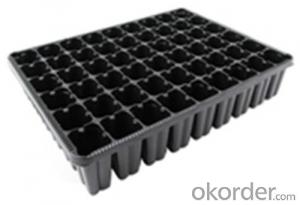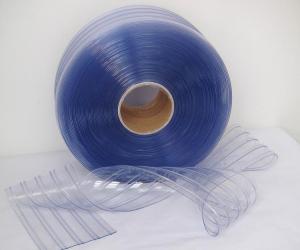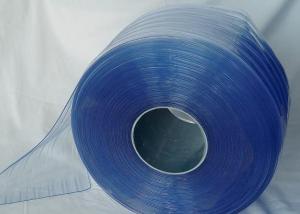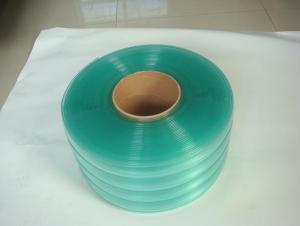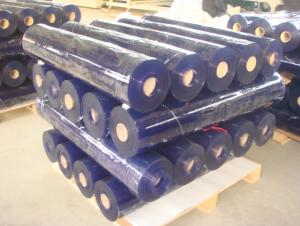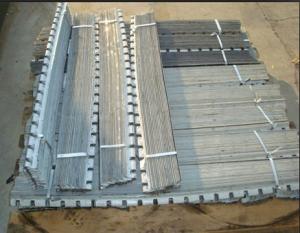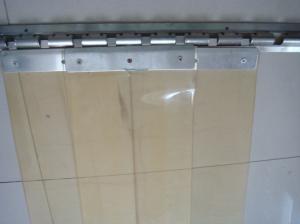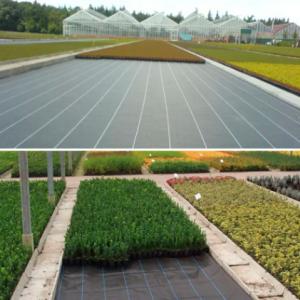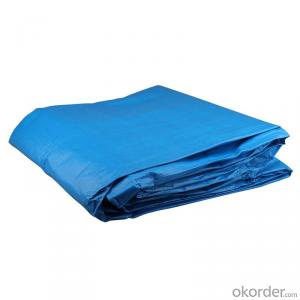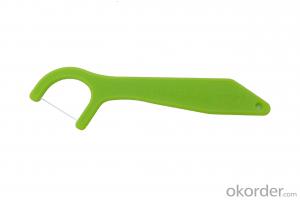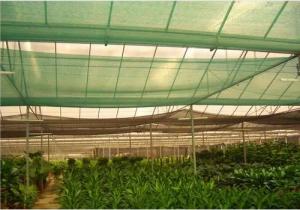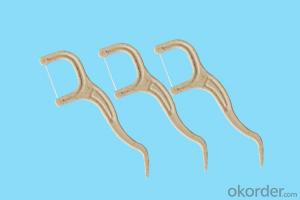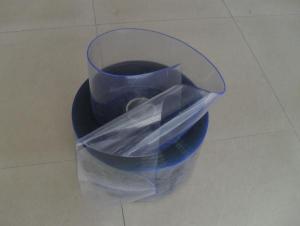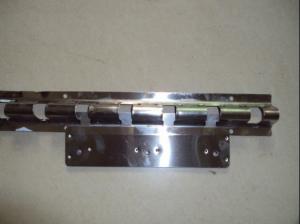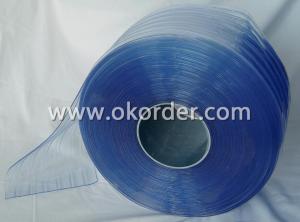Hot Selling Fashion Vertical Blinds Curtain Made in China
- Loading Port:
- Ningbo
- Payment Terms:
- TT or LC
- Min Order Qty:
- 1000 m
- Supply Capability:
- 500000 m/month
OKorder Service Pledge
Quality Product, Order Online Tracking, Timely Delivery
OKorder Financial Service
Credit Rating, Credit Services, Credit Purchasing
You Might Also Like
The curtain could be used in home and office for decorating or shading. The material of products in our company is eco- friendly and durable, and the UV-protection for this goods is strong. It's easy to install and disassemble to clean. And it looks quite beautiful and practical. The main materials for curtain are polyester and non-woven cloth, its track is aluminum and the snap is plastic.At the same time, Material, color and size can be customized as customer's demand.


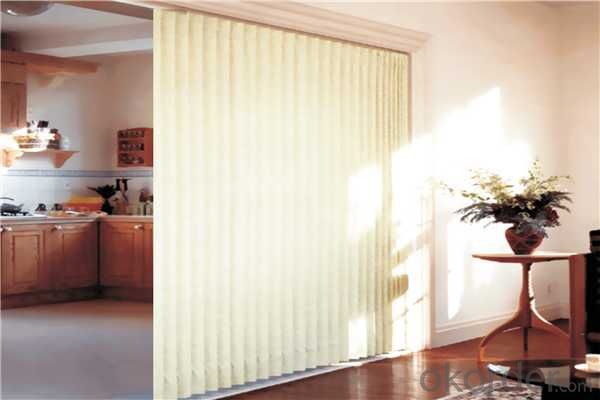


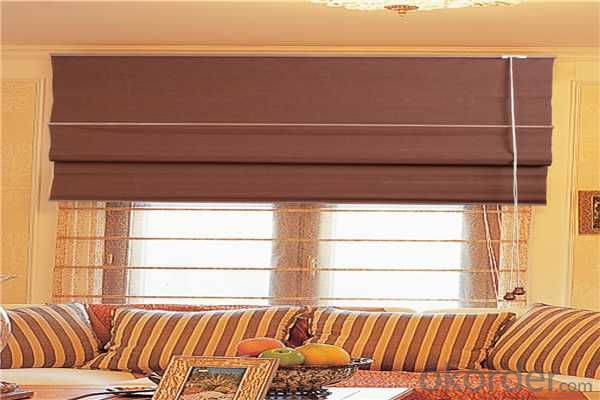
- Q:Can home appliance plastics be easily molded into complex shapes?
- Yes, home appliance plastics can be easily molded into complex shapes.
- Q:What types of plastic are commonly used in electric grater and slicer bodies?
- The types of plastic commonly used in electric grater and slicer bodies are usually food-grade, high-impact polystyrene (HIPS) or acrylonitrile butadiene styrene (ABS) plastic.
- Q:Can plastic parts in irons and steamers withstand high heat and moisture?
- Yes, plastic parts in irons and steamers are designed to withstand high heat and moisture. They are usually made from heat-resistant materials such as thermoplastics, which can withstand the temperatures reached during ironing and steaming. Additionally, these parts are often engineered to be moisture-resistant in order to prevent any damage or malfunction caused by water or steam exposure.
- Q:Are there any health concerns related to the use of plastic in home appliances?
- Yes, there are potential health concerns associated with the use of plastic in home appliances. Plastic can contain harmful chemicals like phthalates and bisphenol A (BPA), which can leach into food or beverages, especially when exposed to heat or acidic conditions. Prolonged exposure to these chemicals has been linked to various health issues such as hormonal imbalances, reproductive problems, and increased risk of certain cancers. Therefore, it is advisable to choose appliances made from safer materials or use plastic-free alternatives whenever possible.
- Q:Are there any specific maintenance requirements for plastic parts in home appliances?
- Yes, there are specific maintenance requirements for plastic parts in home appliances. It is important to regularly clean the plastic parts using mild soapy water and a soft cloth to remove any dirt or dust buildup. Harsh chemicals or abrasive cleaners should be avoided as they can damage the plastic. Additionally, it is necessary to check for any cracks, warping, or discoloration in the plastic parts and replace them if needed to ensure the proper functioning and longevity of the appliance.
- Q:Are there any specific labeling requirements for home appliances with plastic parts?
- Yes, there are specific labeling requirements for home appliances with plastic parts. These requirements may vary depending on the country or region, but generally, manufacturers are required to provide information such as the type of plastic used, recycling instructions, and any potential hazards associated with the plastic parts. Additionally, manufacturers may need to comply with labeling requirements related to energy efficiency, safety, and regulatory certifications. It is important for manufacturers to ensure they meet these labeling requirements to provide consumers with relevant information and to comply with legal obligations.
- Q:Can home appliances with plastic parts be used in outdoor or humid environments?
- No, home appliances with plastic parts are not suitable for outdoor or humid environments as plastic is prone to damage and deterioration when exposed to moisture and extreme weather conditions.
- Q:What are some examples of innovative materials used in home appliance plastics?
- Some examples of innovative materials used in home appliance plastics include biodegradable plastics made from plant-based sources, recycled plastics obtained from post-consumer waste, and antimicrobial plastics that inhibit the growth of bacteria. Additionally, there are lightweight and durable plastics like polycarbonate that are being used in appliance manufacturing for improved energy efficiency and performance.
- Q:What are the challenges faced in designing plastic components for home appliances?
- Some of the challenges faced in designing plastic components for home appliances include ensuring durability and strength while maintaining a cost-effective design, addressing aesthetic requirements, optimizing functionality and ergonomics, considering material compatibility with different applications and environments, meeting safety and regulatory standards, and minimizing the environmental impact of plastic waste through recycling and sustainable design practices.
- Q:How can plastic parts in toasters and toaster ovens resist the buildup of grease and oils?
- Plastic parts in toasters and toaster ovens can resist the buildup of grease and oils due to their non-stick properties and smooth surface texture, which makes it difficult for these substances to adhere to the plastic surface. Additionally, some plastic materials used in these appliances may have a higher resistance to chemical reactions with grease and oils, preventing them from sticking or causing damage to the plastic parts.
1. Manufacturer Overview |
|
|---|---|
| Location | |
| Year Established | |
| Annual Output Value | |
| Main Markets | |
| Company Certifications | |
2. Manufacturer Certificates |
|
|---|---|
| a) Certification Name | |
| Range | |
| Reference | |
| Validity Period | |
3. Manufacturer Capability |
|
|---|---|
| a)Trade Capacity | |
| Nearest Port | |
| Export Percentage | |
| No.of Employees in Trade Department | |
| Language Spoken: | |
| b)Factory Information | |
| Factory Size: | |
| No. of Production Lines | |
| Contract Manufacturing | |
| Product Price Range | |
Send your message to us
Hot Selling Fashion Vertical Blinds Curtain Made in China
- Loading Port:
- Ningbo
- Payment Terms:
- TT or LC
- Min Order Qty:
- 1000 m
- Supply Capability:
- 500000 m/month
OKorder Service Pledge
Quality Product, Order Online Tracking, Timely Delivery
OKorder Financial Service
Credit Rating, Credit Services, Credit Purchasing
Similar products
New products
Hot products
Hot Searches

